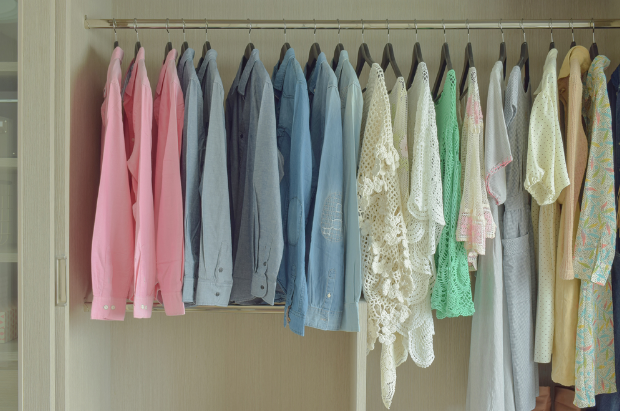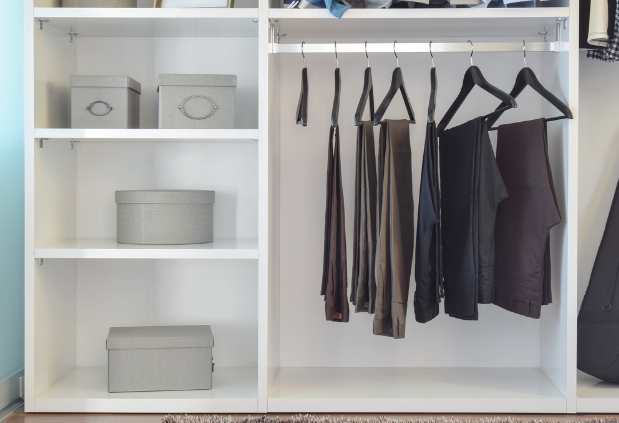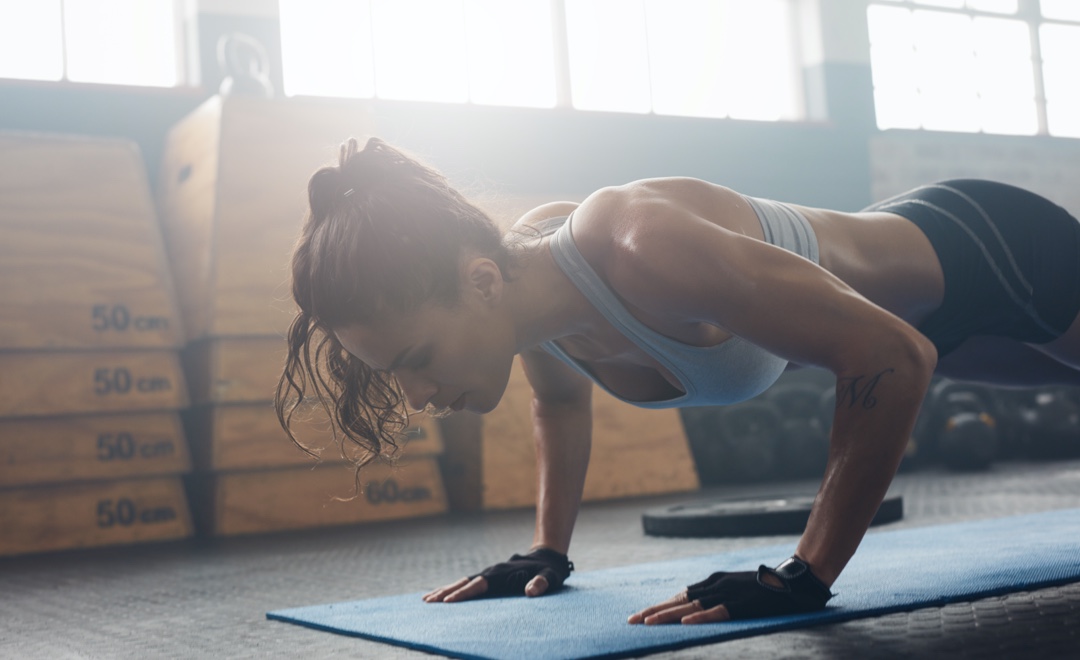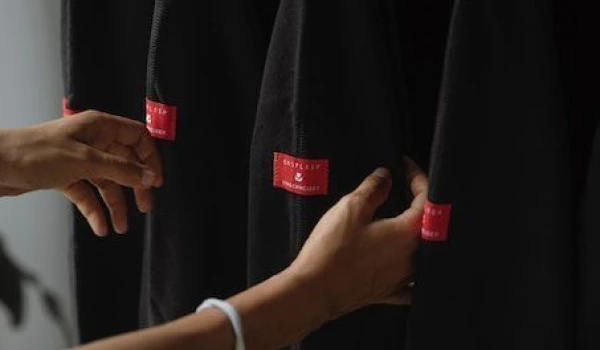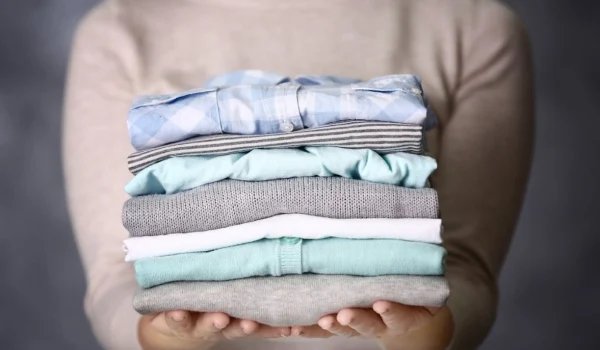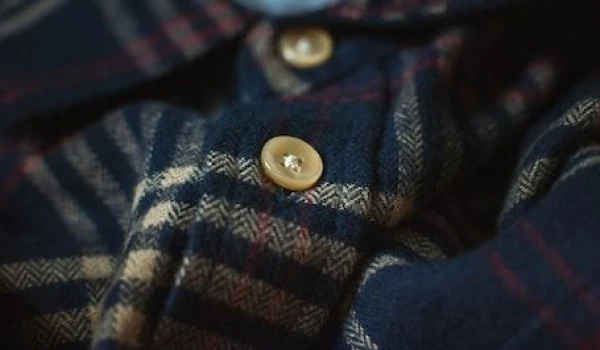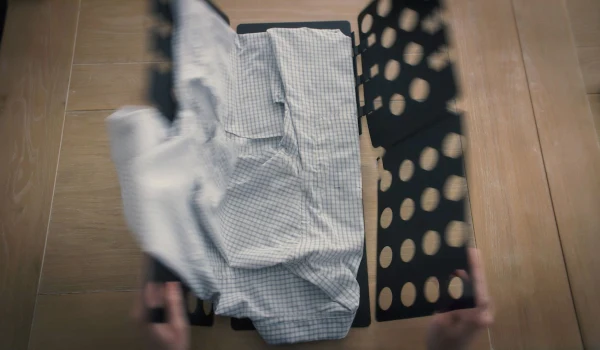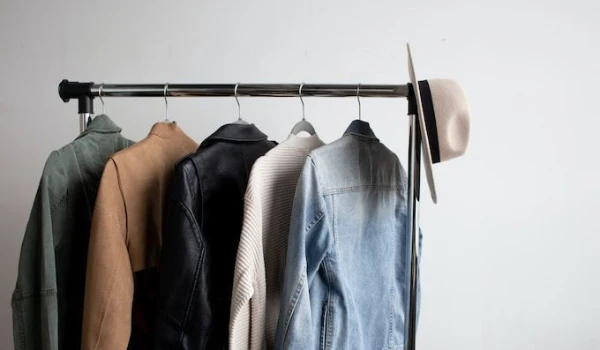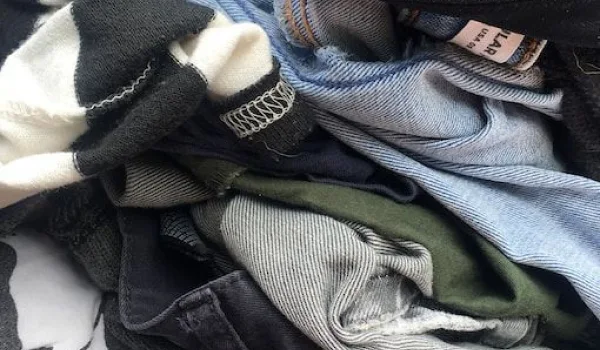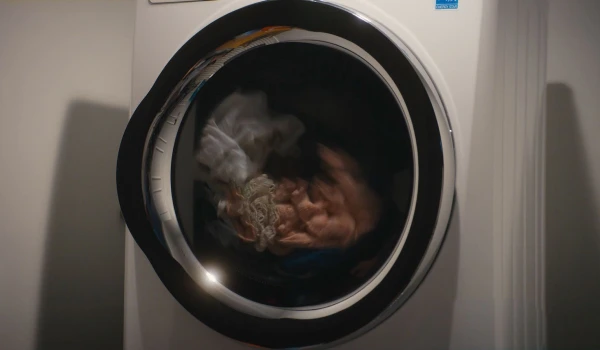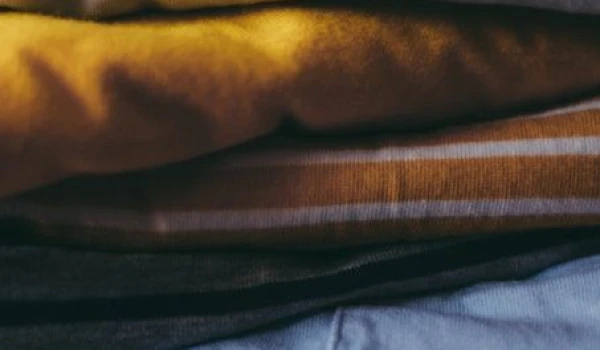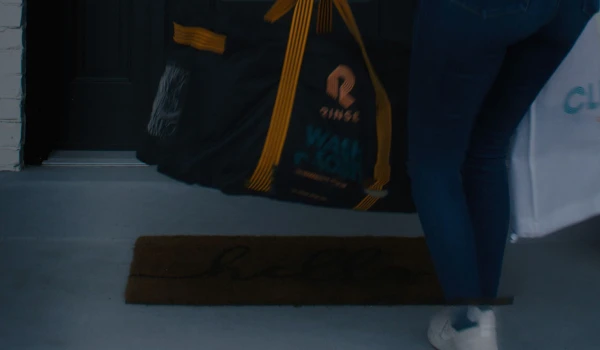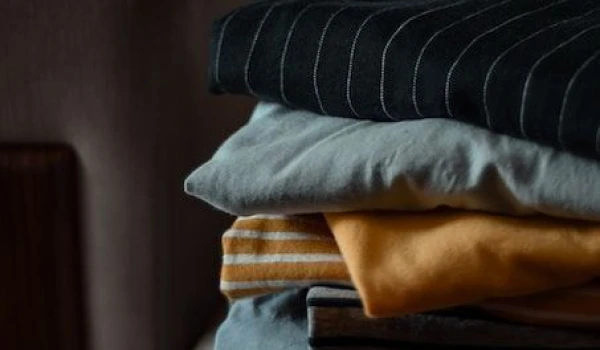Today, you have several options for laundry detergent, including laundry powder, liquid detergent, and laundry pods. This wasn’t always the case as liquid laundry detergent wasn’t introduced until the 1950’s. Before then, most consumers used powdered detergent and laundry pods weren’t invented until the 2000’s.
With three options now widely available, how do you know which is best? Below we’ll tell you everything you need to know about laundry detergent to help you choose the best detergent for you.
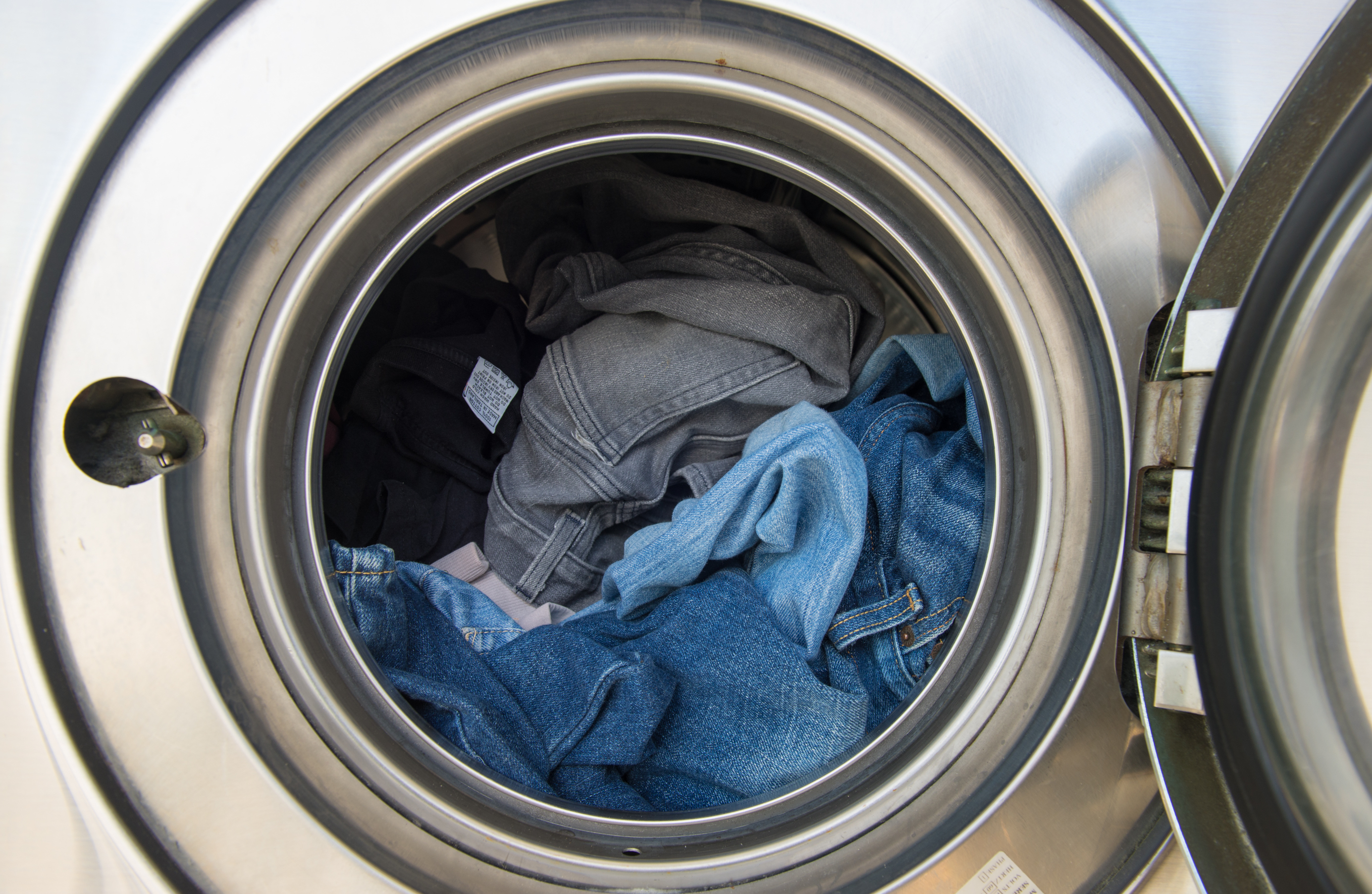
Powdered Laundry Detergent
First introduced in the 1930’s, powdered laundry detergent was once the go-to choice for consumers in America. Nowadays, you’ll be hard-pressed to find powdered detergent on the shelves at stores (but it remains popular in other countries). Nevertheless, it’s a cheaper option compared to liquid laundry soap and laundry pods and it will leave your clothes looking just as clean as the alternatives.
Why Choose Powdered Detergent
First and foremost, powdered detergent is not only cheaper but it will last longer as the properties it is made of have a longer shelf life relative to liquid laundry detergent. More importantly, powdered detergent is best for tough stains such as grass, clay, and mud stains as it contains linear alkylbenzene sulfonate, a surfactant compound which is effective in treating stains.
Additionally, powdered detergent is packaged in cardboard boxes which can be recycled more easily compared to plastic containers - making it the more eco-friendly choice among laundry detergents.
Powdered Detergent Cons
The main issue with powdered detergent is that it can leave residue in your washing machine, particularly if you are using very cold water since it may not dissolve fully into the water at that temperature. Additionally, the residue can also make its way onto your clothing, which will make them look dirty despite them being recently cleaned in the washing machine.
As mentioned previously, its packaging may be more environmentally-friendly but it is bulky and difficult to handle and store. The powder must be stored in a dry area so that it doesn’t lump together.
However, if you’re looking for ways to get rid of stubborn stains from your adventures outdoors and are actively looking for small ways to reduce your carbon footprint then we highly recommend you give powdered laundry detergent a try.
Liquid Laundry Detergent
Liquid laundry detergent is arguably the most popular choice when it comes to laundry soap. That’s because it’s easy to use and has dominated much of the market up until the introduction of laundry pods in the 2000’s.
Why Choose Liquid Laundry Detergent
Liquid laundry soap is relatively inexpensive, particularly compared to all-in-one laundry pods and is available in a wide variety of scents, which will leave your clothes smelling fresh. Because it is liquid, it easily mixes with the water inside the machine and is less likely to leave residue.
Also, liquid detergent is particularly useful in treating grease stains as it contains alcohol ethoxylates, which are effective on oil-based stains.
Liquid Detergent Cons
Liquid soap comes in bulkier plastic bottles and although they can be recycled they are a strain on the environment if they aren’t recycled properly. Additionally, the detergent is largely made up of water, which adds weight to the container and also is less environmentally efficient.
Another downside of liquid detergent is that it minimizes the effects of other cleaning agents such as oxygen bleach because they are not stable when mixed together in water.
There’s no doubt that liquid laundry soap will effectively clean your clothes. The fact that it comes in a variety of scents and is widely accessible makes it the most popular choice among consumers.
Laundry Pods
Laundry pods were first introduced to the laundry market in 2012 and were made famous by the Tide brand, who trademarked the term “pods” (Tide PODS). Laundry pods or pacs have quickly grown in popularity and overtaken laundry powder as the second most popular detergent choice.
Why Choose Laundry Pods
Laundry pacs are arguably the most convenient option on the detergent market. They are single-use pacs that contain detergent and are oftentimes mixed with other cleaning materials. They are meant to dissolve in water, which creates less mess and less work for you.
Each pac is pre-measured to eliminate the overuse of detergent (which can cause residue) and since there is a limited amount of water the cleaning agents inside the pod can remain stable for a longer period of time and yield a quality level of cleaning.
Laundry Pod Cons
Despite laundry pods being lightweight, pre-measured, easy, and consumer-friendly they do come at a cost - they are the most expensive detergent option on the market. Additionally, if you are washing clothes with heavy stains you may need to use more than one pod since each pac is on the smaller side and more detergent may be required to effectively treat certain soiled garments.
Nonetheless, laundry pods are a great choice if you’re looking for a simpler way to do laundry. And of course, you can explore professional cleaning services such as Rinse to take care of your laundry for you so you can focus your attention on more important things besides laundry detergent.

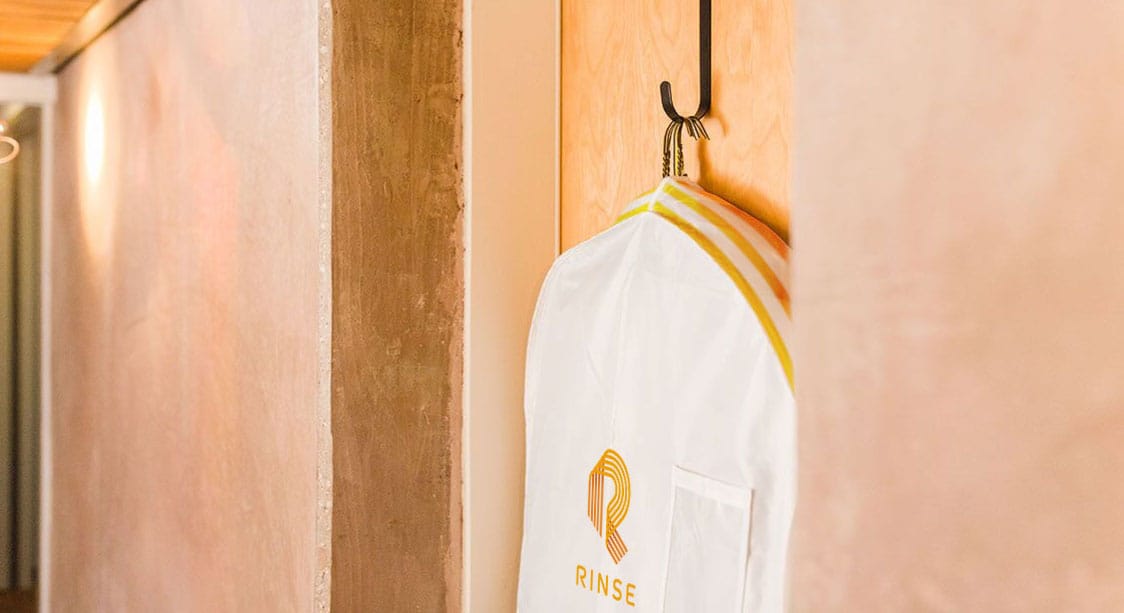

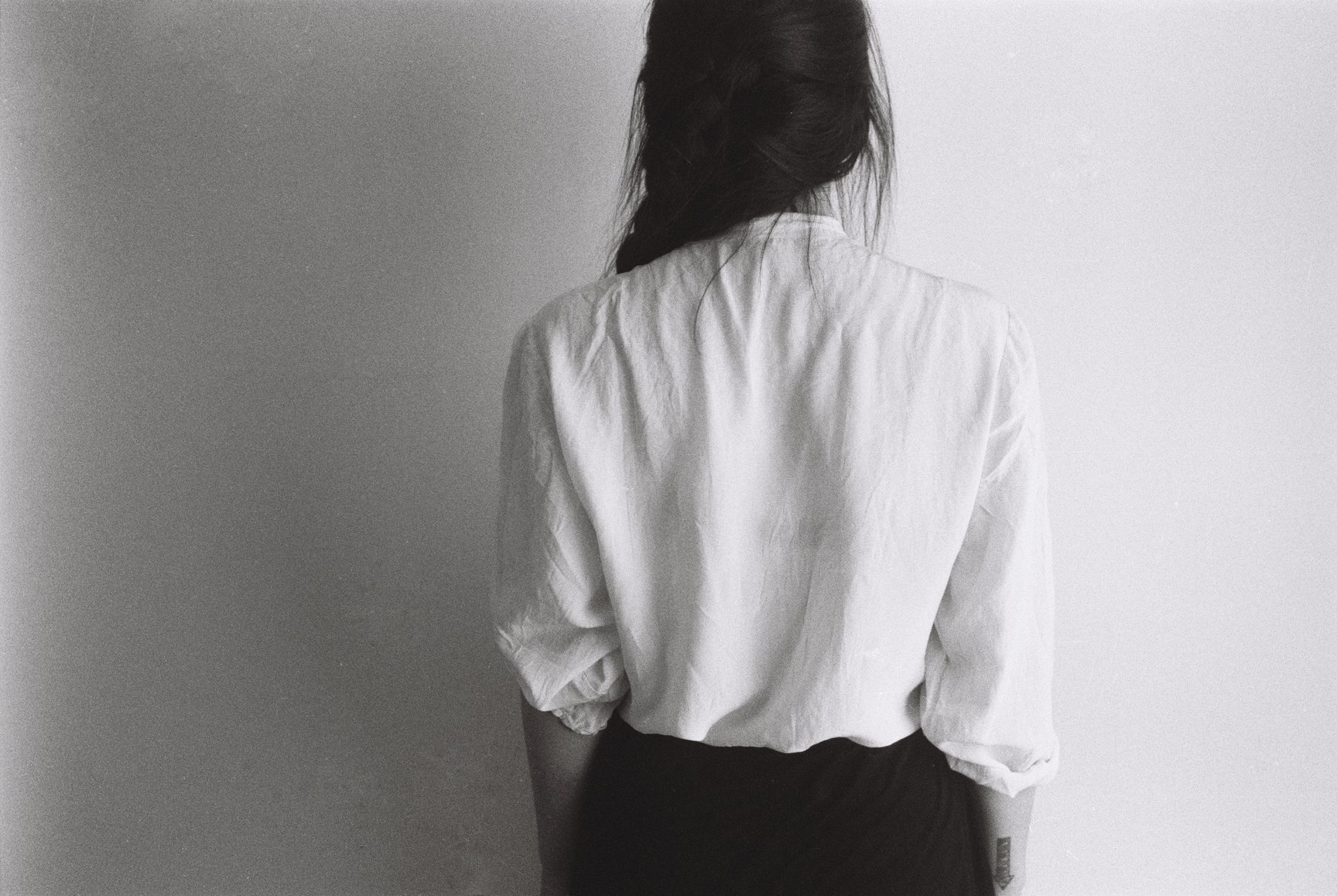
 used to make clothing. Unlike other materials such as cotton, which is much more forgiving when it comes to laundering and fabric care, silk is particularly susceptible to stains and damage from heat and light. While each silk fiber is surprisingly strong, it's important to educate yourself about how to properly care for your silk garments to avoid stains and damage.
used to make clothing. Unlike other materials such as cotton, which is much more forgiving when it comes to laundering and fabric care, silk is particularly susceptible to stains and damage from heat and light. While each silk fiber is surprisingly strong, it's important to educate yourself about how to properly care for your silk garments to avoid stains and damage.

